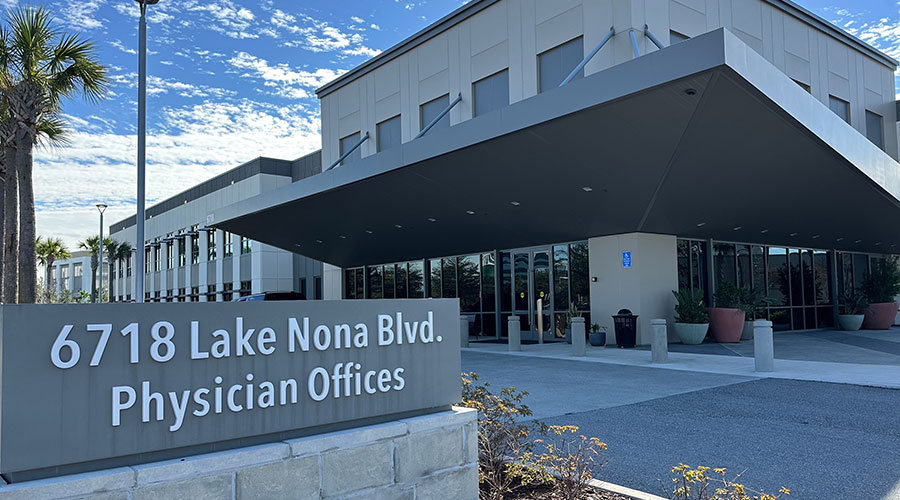The use of digital pathology has been largely restricted to research applications. While pathology laboratories have transitioned to digital workflows over the past 10 years, digitization and automation have penetrated only certain parts of the pathology workflow, leaving ample scope for deploying a complete, fully digitized, end-to-end automated workflow. The United States Food and Drug Administration’s (FDA) recent de novo clearance of Philip’s IntelliSite platform is paving the way for wider clinical applications of the technology.
“User perception that whole slide imaging will always be inferior to the light microscope has traditionally limited digital pathology to research, teaching/education, and clinical diagnosis applications. Stringent regulatory pathways and the differing time, productivity and quality requirements in clinical environment further compound barriers,” explained Transformational Health Principal Analyst Divyaa Ravishankar. “Nevertheless, innovations centered on cloud hosting and image analysis will increase adoption among future users and also generate merger and acquisition opportunities for vendors.” Leading market players are Roche Diagnostics (Ventana), Leica Biosystems, Cerner, Philips, Sunquest, 3DHistech, Proscia, Inspirata, Indica Labs, Definiens, and Visiopharm.
To access more information on this analysis, please visit: http://frost.ly/1vf 2017 Customer Attitudes and Adoption Plans of Digital Pathology Technologies is part of Frost & Sullivan’sLife Sciences Growth Partnership Service program. The study is based on an extensive survey of substantial users—pathologists and lab managers that influence purchase decisions—of digital pathology equipment. Of the 253 candidates attempted the survey and 154 candidates qualified for the survey.
The primary goal of this research is to identify trends and developments in the field of digital pathology. The survey seeks to collect the main information and compare the perceptions of current and potential adopters of this technology. In addition, it analyzes the intended use case, adoption of cloud pathology, barriers to adoption, budgets and the brand perception (Scanners, image analysis, archiving, PACS and APLIS solutions). Moreover, it describes the image storage, format, size and monthly storage requirements. Several notable insights emerged from the survey:
- Despite the recent FDA clearance of the digital pathology platform, respondents indicated that it will not have a major impact on the uptake of the technology or extension of the technology to clinical application.
- There is a high inclination toward cloud-enabled solutions among current and future users with very few citing privacy and institutional restrictions.
- Automated image analysis will be an important driver for adoption of digital pathology amidst current and future users; respondents preferred image analysis modules sold through slide scanner providers as opposed to outsourcing to third-party providers.
- Frequently outsourced areas were cloud hosting, workflow management such as image analysis slide scanning, and telepathology.
The top reasons cited by both molecular pathology and histopathology users for not investing earlier in digital pathology solutions were high cost of the technology, insufficient workload, laboratory information system (LIS) connectivity, and lack of digitization of the workflow. The majority of future buyers (28.1 percent) had annual lab budgets allocated for <$50,000 with more money to spare for new equipment purchase in the $100,000-$250,000 category. The survey also revealed that future planned purchases might still revolve around slide scanning hardware and microscopes with digital imaging capabilities, followed by LIS, storage hardware, and virtual image analysis tools.
“The lack of adequate budgets from the potential adopter community should be an eye-opener for vendors to devise targeted pricing strategies for their instruments and software,” noted Ravishankar. “In addition to price, major vendor selection criteria among future adopters were ease of operation, customer support and training, image quality and color fidelity, and existing satisfactory relationship.”
2017 Customer Attitudes and Adoption Plans of Digital Pathology Technologies is part of Frost & Sullivan’s Life Sciences Growth Partnership Service program.

 States Move Forward to Better Protect Senior Citizens
States Move Forward to Better Protect Senior Citizens Archer and REDA to Transform Newport Beach Building into Outpatient Center
Archer and REDA to Transform Newport Beach Building into Outpatient Center Sunflower Medical Group Facing Lawsuit Following January Data Breach
Sunflower Medical Group Facing Lawsuit Following January Data Breach Nemours Children's Health Opens New Location in Lake Nona
Nemours Children's Health Opens New Location in Lake Nona Enhancing Safety at Hennepin Healthcare with a Screening System
Enhancing Safety at Hennepin Healthcare with a Screening System